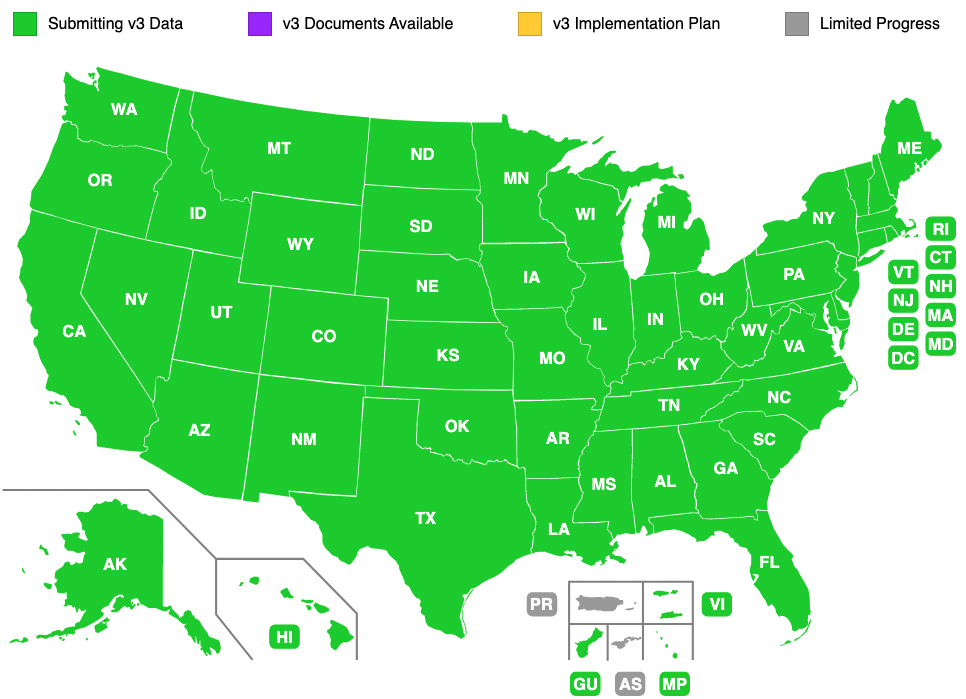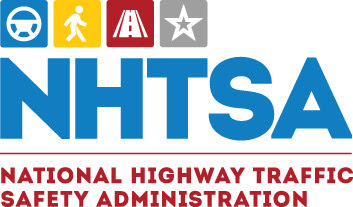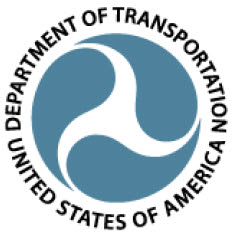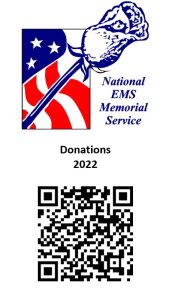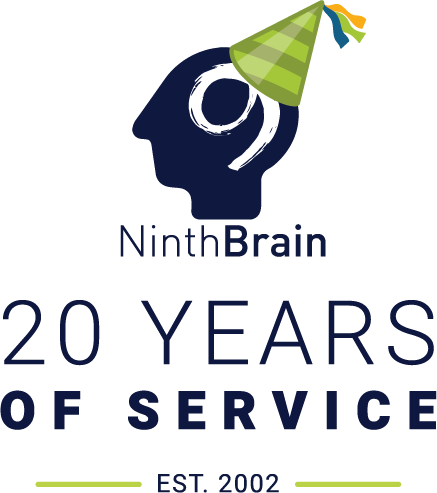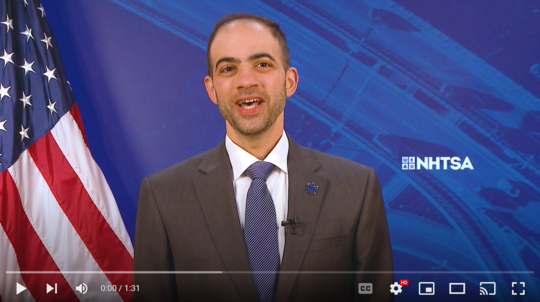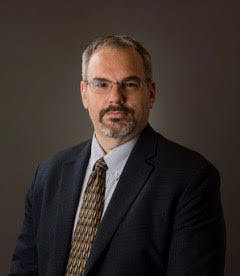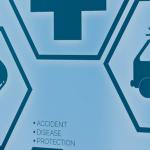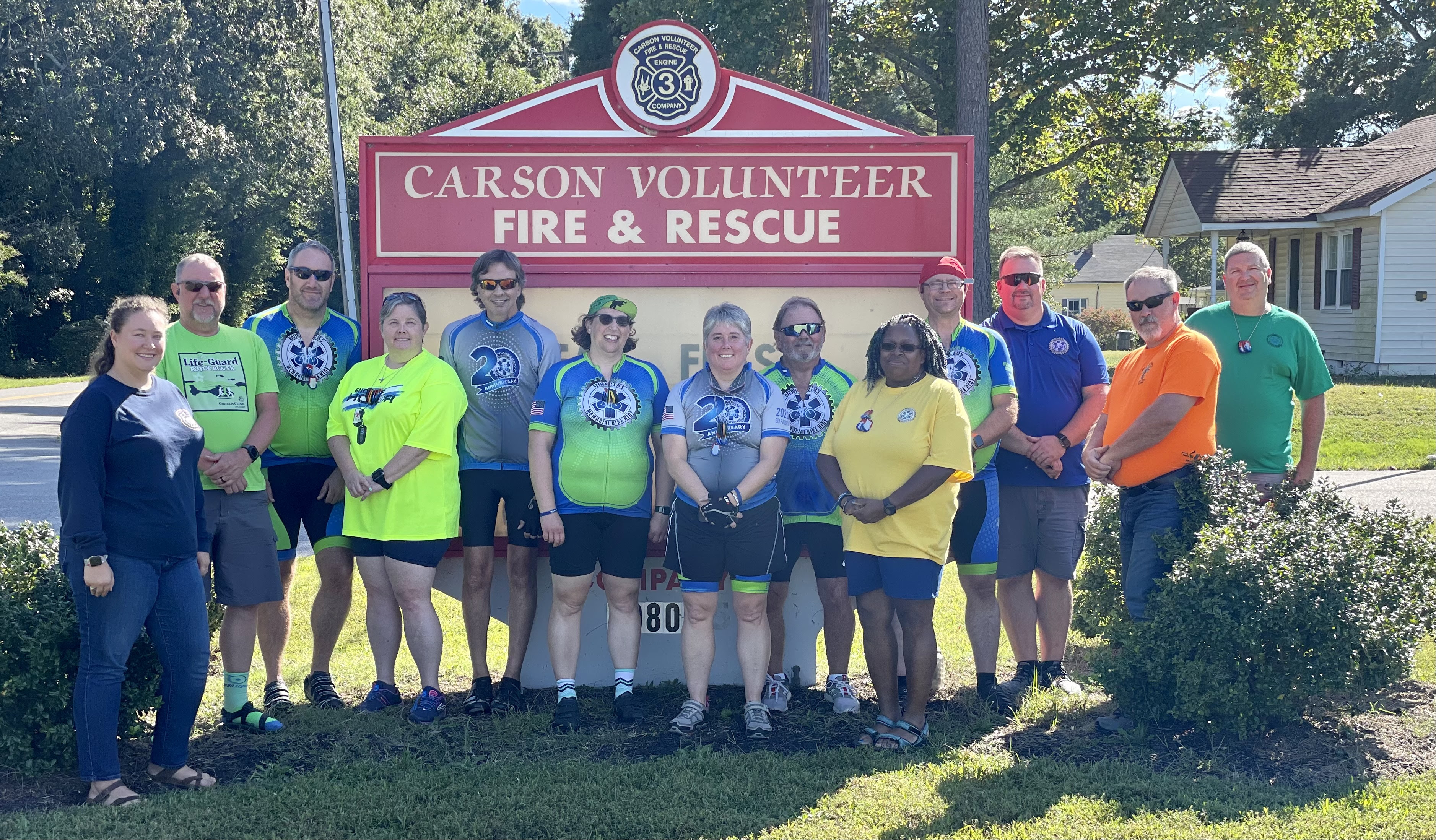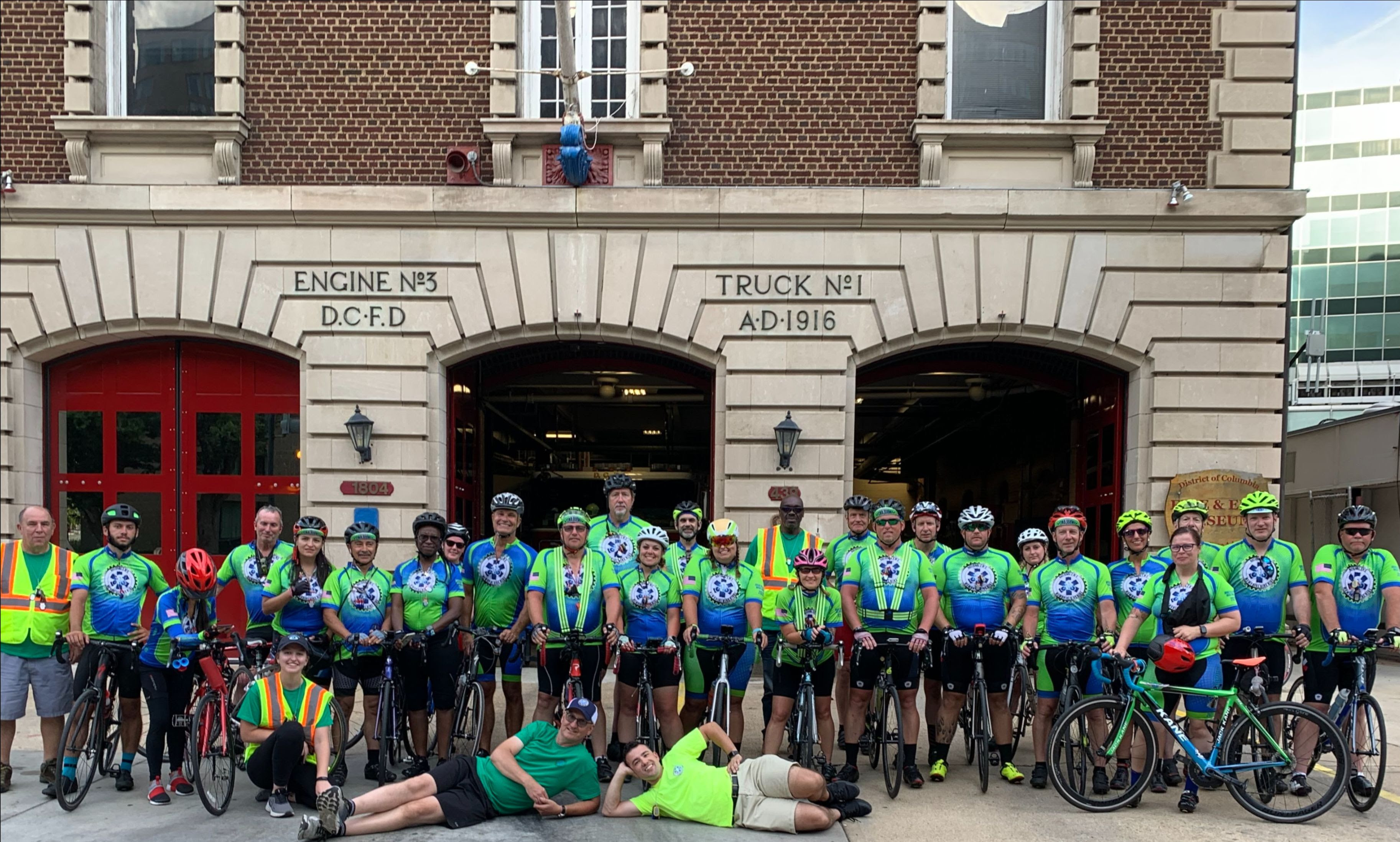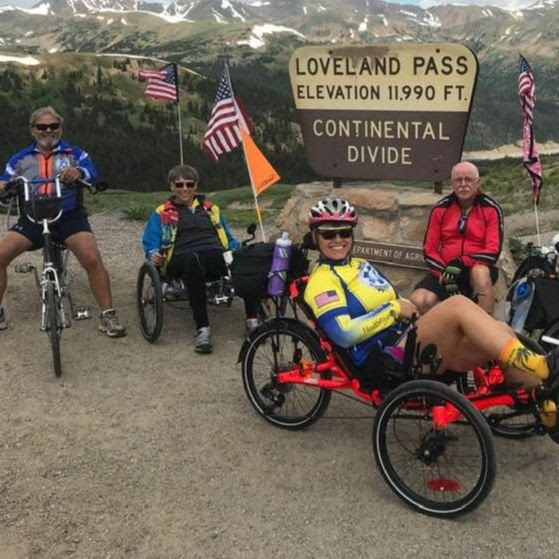2022 SESSION
Wednesday, June 8, 2022
1:00 p.m. – 3:45 p.m.
Virtual Meeting
Washington, DC
General Meeting
1:00-1:05 Welcome, Introductions, Opening Remarks
Jonathan Greene, Deputy Asst. Secretary for Preparedness & Response
Director, Office of Emergency Management & Medical Operations
FICEMS Chairperson
1:05-1:10 Approve: Meeting Summary [December 8, 2021]
Gam Wijetunge, Director, NHTSA OEMS
Director of the Office of EMS, NHTSA
1:10-1:15 Department of Defense Update
1:10 Office of the Assistant Secretary of Defense for Health Affairs
Elizabeth Fudge
Supervisory Program Analyst, Health Readiness Policy & Oversight
1:15-1:35 Department of Health & Human Services Update
1:15 Health Resources & Services Administration
Theresa “Tee” Morrison-Quinata
EMS for Children Branch Chief, Maternal & Child Health Bureau
Division of Child, Adolescent, & Family Health
1:20 Assistant Secretary for Preparedness & Response
Jonathan Greene
Deputy Assistant Secretary & Director,
Office of Emergency Management & Medical Operations
1:25 Indian Health Services
Darrell LaRoche
Director, Office of Clinical & Preventive Services
1:30 Centers for Disease Control & Prevention
Christine “Chris” Kosmos
Director, Division of State & Local Readiness
Center for Emergency Preparedness & Response
1:35 Centers for Medicare & Medicaid Services
CAPT. Skip Payne
Director, Emergency Preparedness & Response Operations
1:40-1:50 Department of Homeland Security Update
1:40 Countering Weapons of Mass Destruction Office
Pritesh Gandhi, M.D.
Chief Medical Officer, EMS Program
1:45 United States Fire Administration
Richard Patrick
Director, National Fire Programs Directorate
>1:50-1:55 Department of Transportation Update
1:50 National Highway Traffic Safety Administration
Nanda Srinivasan
Associate Administrator, Research & Program Development
1:55-2:00 Federal Communications Commission Update
1:55 Public Safety & Homeland Security Bureau
David Furth, J.D.
Deputy Chief, Office of the Bureau Chief
2:00-2:05 State EMS Directors Update
2:00 State EMS Directors Update
Steve McCoy
EMS Bureau
Florida Department of Public Health
2:05-2:45 NHTSA Office of EMS Projects Updates
2:05 COVID-19 Healthcare Resilience Working Group Update; 988 Update; Mental Health & Suicide Prevention for EMS
Kate Elkins
EMS Specialist, NHTSA OEMS
2:10 COVID-19 First Responder Deaths
Dave Bryson
EMS Specialist, NHTSA OEMS
2:15 National 911 Program Update
Brian Tegtmeyer
National 911 Program Coordinator
2:20 NEMSIS Update
Eric Chaney
EMS Specialist, NHTSA OEMS
2:25 National Roadway Safety Strategy – Post Crash Care
Gam Wijetunge
Director, NHTSA OEMS
2:30-2:55 Technical Working Group Subgroup Updates
2:30 Evidence-based Practice & Quality Subgroup
Diane Pilkey, DHHS HRSA | Max Sevareid, NHTSA OEMS
2:35 EMS Data Standards & Exchange Subgroup
Rachel Abbey, DHHS ONC | David Millstein, DHS USFA
2:40 EMS Systems Integration & Preparedness Subgroup
Tee Morrison-Quinata, DHHS HRSA | Gam Wijetunge, NHTSA OEMS
2:45 Workforce & Safety Subgroup
Greg Williams, DHS USFA | Dave Bryson, NHTSA OEMS
2:50 Education & Training Subgroup
Michael Stern, DHS USFA | Clary Mole, NHTSA OEMS
3:05-3:15 Break – 10 minutes
3:15-3:20 National EMS Advisory Council Update
Jonathan Washko, Vice Chair, NEMSAC
3:20-3:25 FICEMS COVID-19 Response White Paper Project Update
Mark Sigrist, Energetics (NHTSA OEMS)
3:25-3:30 Public Comment
3:30-3:45 Committee Round Table Discussions
3:45 Adjournment
|













